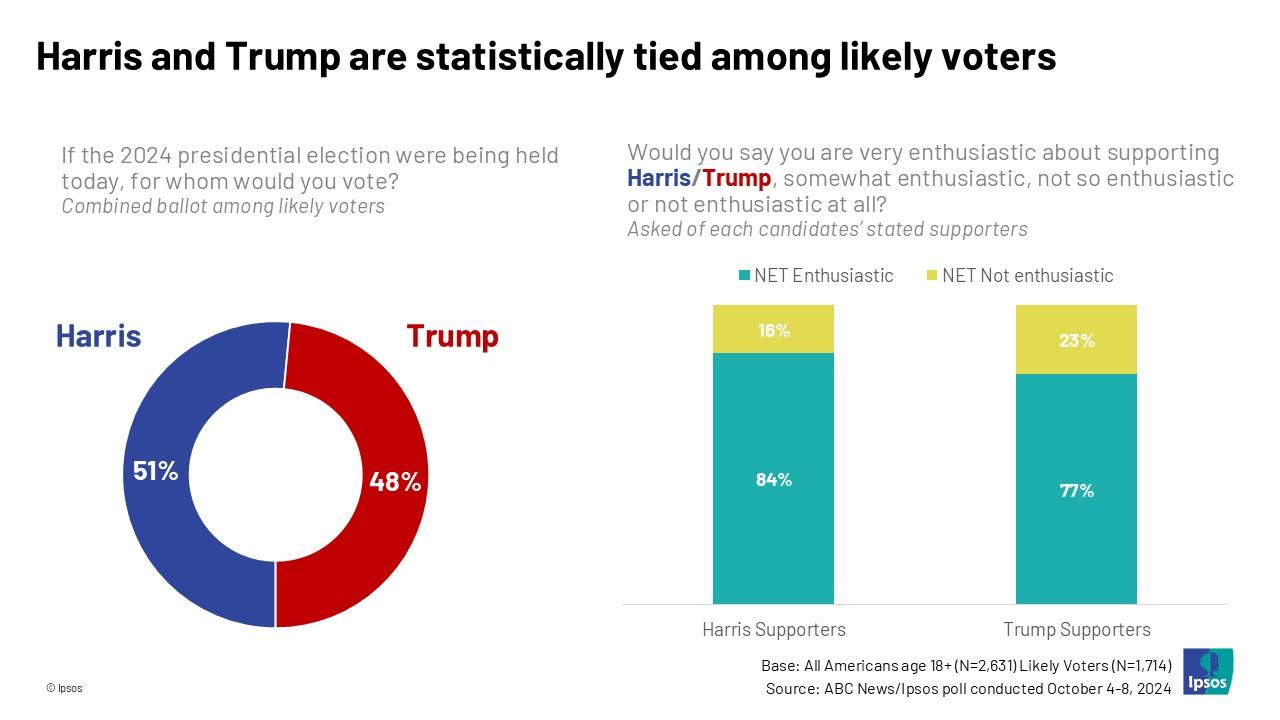In the swirl of democratic fervor, exit polls whirl like dervishes, casting shadows of predicted outcomes. However, their hypnotic dance masks a truth: the deceptive allure of their projections. This article ventures behind the curtain of exit polls, unmasking their masked flaws, and exposing the reasons why their purported accuracy is often but an illusion, a mirage in the desert of electoral uncertainty.
Table of Contents
- - Misleading Samples
- – The Bandwagon Effect
- – Recommendations for Accurate Polling
- The Way Forward

– Misleading Samples
- Misleading Samples: Exit polls often rely on convenience samples, which means they are conducted in public places where people are easy to reach, such as shopping malls or street corners. This can lead to a biased sample that is not representative of the population as a whole. For example, a poll conducted in a shopping mall may overrepresent people who are shopping and underrepresent people who are working or staying home.
- Exit polls also face the challenge of self-selection bias. This means that people who are willing to participate in an exit poll may differ from those who are not. For example, people who are strongly opposed to a particular candidate may be less likely to participate in an exit poll, which could lead to an overestimation of that candidate’s support.

– The Bandwagon Effect
The Bandwagon Effect
When it comes to making decisions, humans have a tendency to follow the crowd. This is known as the ”bandwagon effect.” It’s a cognitive bias that leads individuals to adopt the opinions or behaviors of the majority, often without much critical thought. In the context of exit polls, this effect can significantly skew the results.
People who are more likely to participate in exit polls are those who have a strong opinion on a particular candidate or issue. They are also more likely to be influenced by the opinions of others. This means that the results of exit polls may not accurately reflect the views of the electorate as a whole. In fact, studies have shown that exit polls can be significantly inaccurate, particularly in close races.
– Recommendations for Accurate Polling
To improve polling accuracy, we highly recommend:
- Avoiding leading questions: Questions should be phrased in a neutral and unbiased manner, avoiding wording that suggests a particular answer. For example, instead of ”Do you support banning plastic bags?” ask “What is your opinion on banning plastic bags?”
- Ensuring anonymity: Respondents should feel comfortable providing honest answers without fear of judgment or retribution. Consider using anonymous surveys or conducting interviews in private settings.
The Way Forward
And there you have it – a brief tour behind the curtain of exit polling. By understanding the limitations and potential biases of such surveys, we can become more critical consumers of information and less susceptible to being misled by their conclusions.
Exit polls can provide a snapshot of public opinion at a given moment, but they should not be treated as infallible. They are subject to sampling error, misreporting, and manipulation. It is important to consider the context of the poll, the methodology used, and the potential for bias before making any judgments based on the results.


